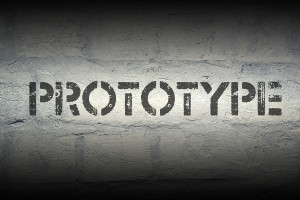Here at Oasis Digital we work on many kinds of projects. We start new projects in a “green field”. We revive old projects where former developers are no longer around. We teach classes open to the public, we travel to our customers to teach classes privately. We attack entire projects. We supply brainpower to existing projects.
Among the most fun work: to rapidly create a working-prototype implementation of a new idea.

In projects like this, it is often important to deliver quickly. To make that possible, the right goals and constraints are important. I have listed some of the possible goals and constraints below. Some of these conflict with each other! This is not a checklist of things to always do, but rather a list of ideas to consider.
- Reduce the scope of the working-prototype as far as feasible, but no further.
- Choose a team small enough to minimize coordination, but maximum parallel productivity.
- Choose a programming language and other tools we know best.
- Choose a different language and/or toolset, more well-suited to creating maximum functionality with little code for the problem at hand – even if it is not among those where we have the most experience.
- Support only the most important browser or two, omitting legacy browser support.
- Implement a wide swath of features, but very shallowly.
- Choose the most vital/informative parts of the intended software system, and implement those in a working prototype manner, leaving the less interesting parts as static mockups.
- Start with a very plain visual appearance, to make it obvious it is “just” a prototype.
- Start with a more polished visual appearance, perhaps using an off-the-shelf template, to show the level of polish that will be possible in a more complete project.
- Even if the system may eventually be a complex, multi-tier widely distributed system, implement the prototype as client-side only system; no server-side data storage at all. Often enough data can be stored in “HTML 5 local storage” to make it clear whether the project is actually a good idea and should proceed past a mere prototype.
- Implement the prototype using something that approximates (but simplifies) the intended long-term architecture, because the prototype may need to demonstrate that it is a suitable architecture.
The final appealing thing about rapid prototype projects: they are straightforward to propose and price, often with a simple statement of work and fixed/firm price.

